
INITIALS
Minas El Romeral began its iron ore mining and processing operations in 1956 under the ownership of Bethlehem Chile Iron Mines Co, with an approximate production of one million tons per year of tailings, which, as of 1963, would increase to three million and fines; being its main clients the steel mills of Bethlehem Steel Co. (USA) and Huachipato (today CAP Acero); the Japanese NKK, Sumitomo, Kawasaky, Nippon Steel and Kobe Steel, since 1960; Reiss Vicking of USA since 1987, and the Chinese Jinan Steel and Hangzhou Steel since the year 2000.
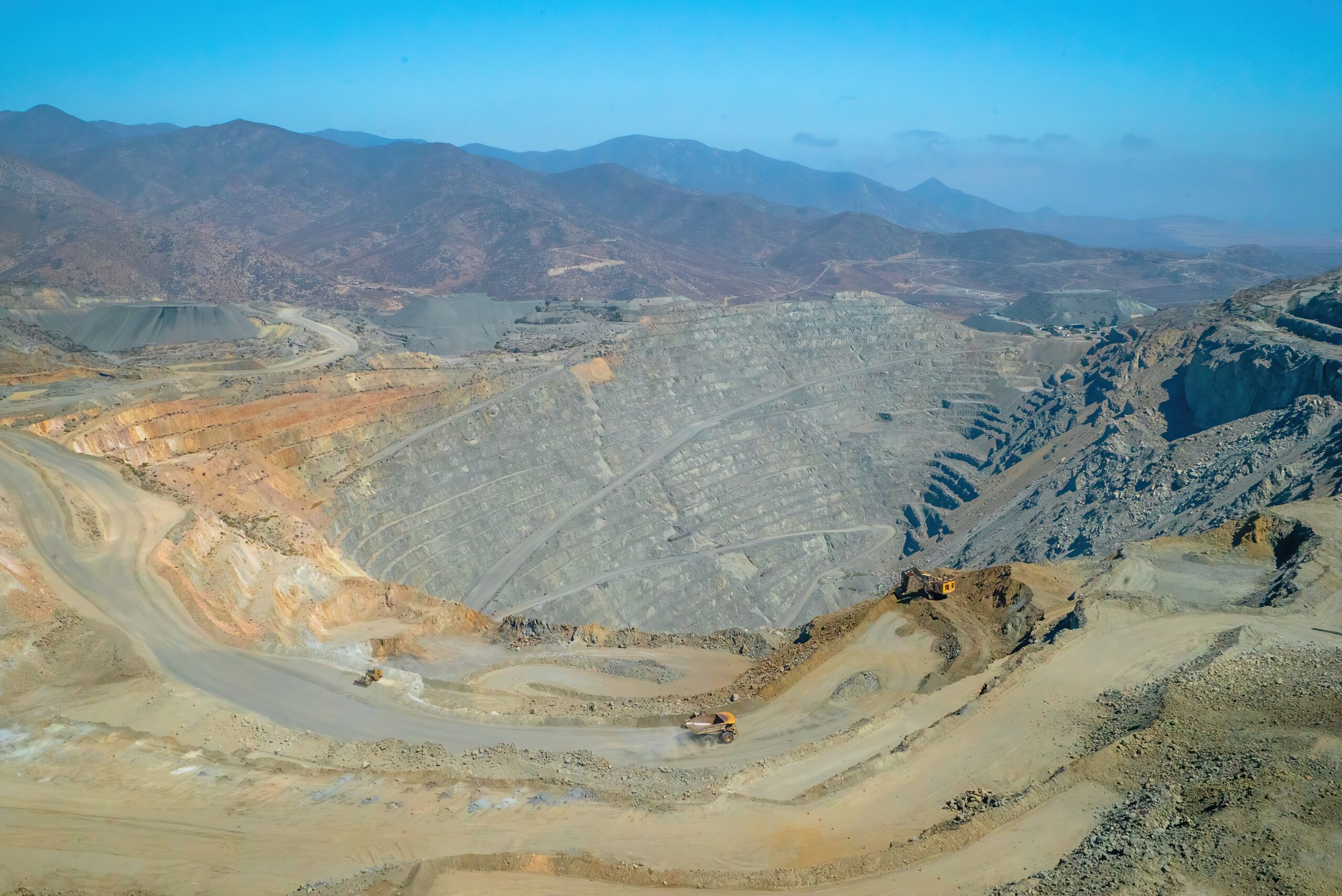
LOCATION
In 1971, the mine was acquired Compañía de Aceros del Pacífico (CAP), which implemented an expansion phase that allowed an increase in production to four million tons per year of chippings and fines. Minas El Romeral is located in the Coquimbo region, 22 kilometers northeast of La Serena. The products obtained from ore processing are 400 thousand metric tons (MT) per year of pellets, 300 thousand (MT) per year of fines and 1 million 700 thousand (MT) per year of pellet feed.

OPERATIONS
The operations of Minas El Romeral can be grouped into three activities: ore feed from stockpiles and main hill to the crushing plant, ore beneficiation, and product handling.
A) Ore feed comprises the operations carried out in the mine: loading, transport and development.
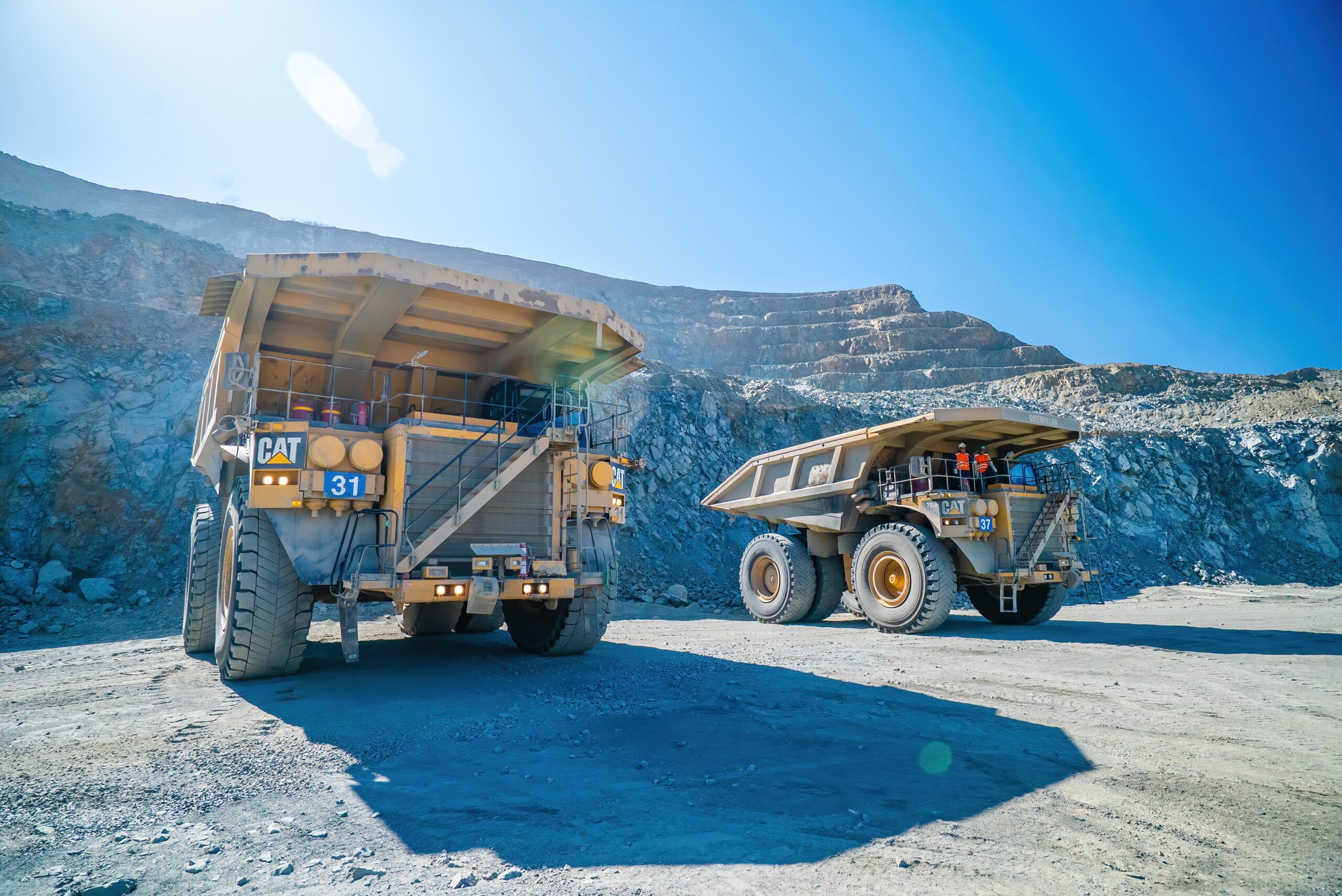
CHARGE
The loading operation is carried out with two front loaders and a backhoe. This equipment is located in different sectors of the stockpiles and/or main hill, according to the requirements of the mining plan.
Ore and Tailings Transportation
The material is transported to the Beneficiation Plant and tailings dumps, as appropriate, a fleet of six trucks.
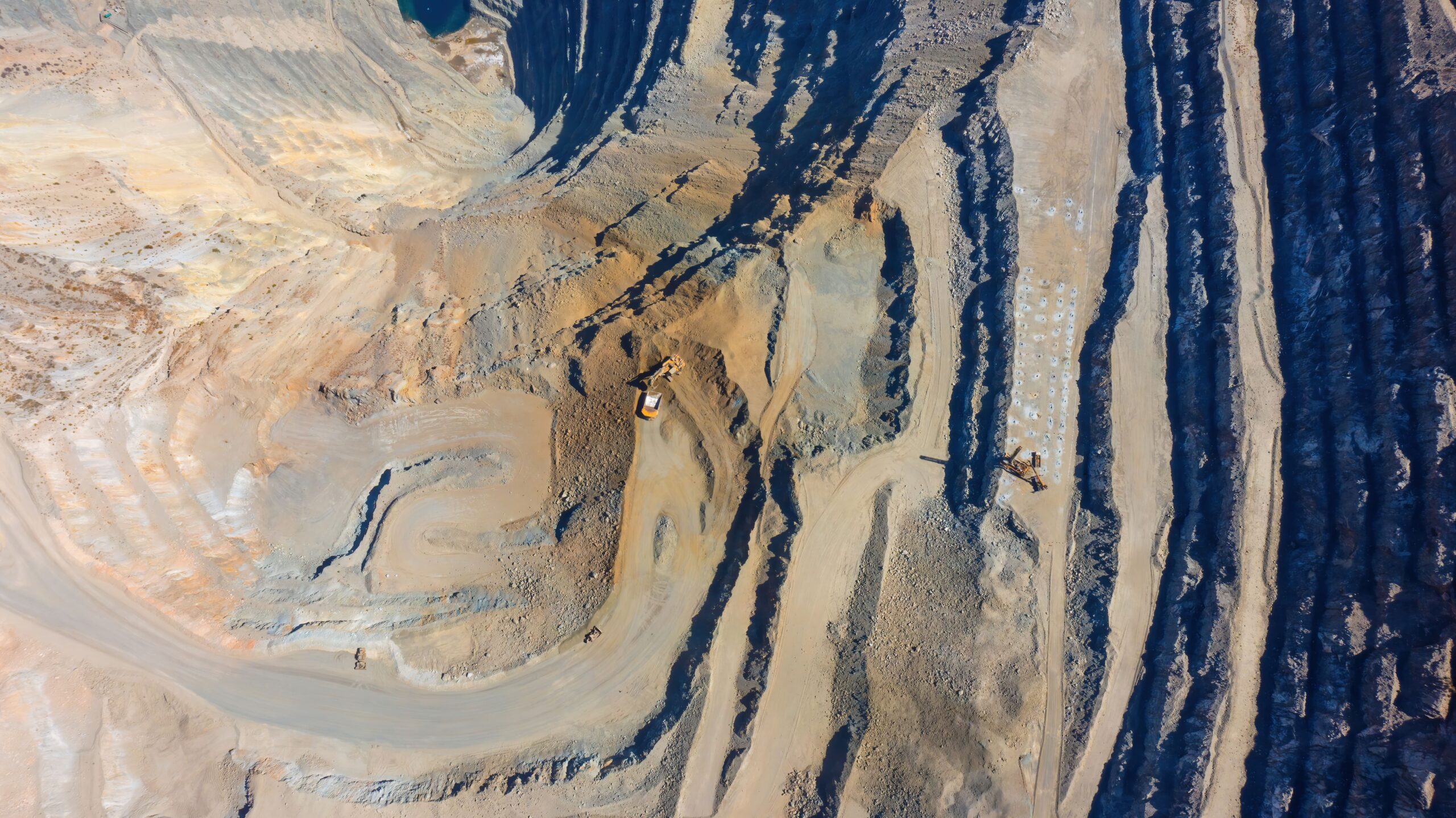
DEVELOPMENT
The development equipment used in mining operations consists of two crawler tractors, two wheeled tractors, two motor graders and a watering truck with a 40 m3 water tank. This equipment is used in the construction and maintenance of roads, construction and maintenance of dumps and as necessary support in the work fronts of the loading equipment.
B) Mineral beneficiation comprises the operations required to obtain the final products.
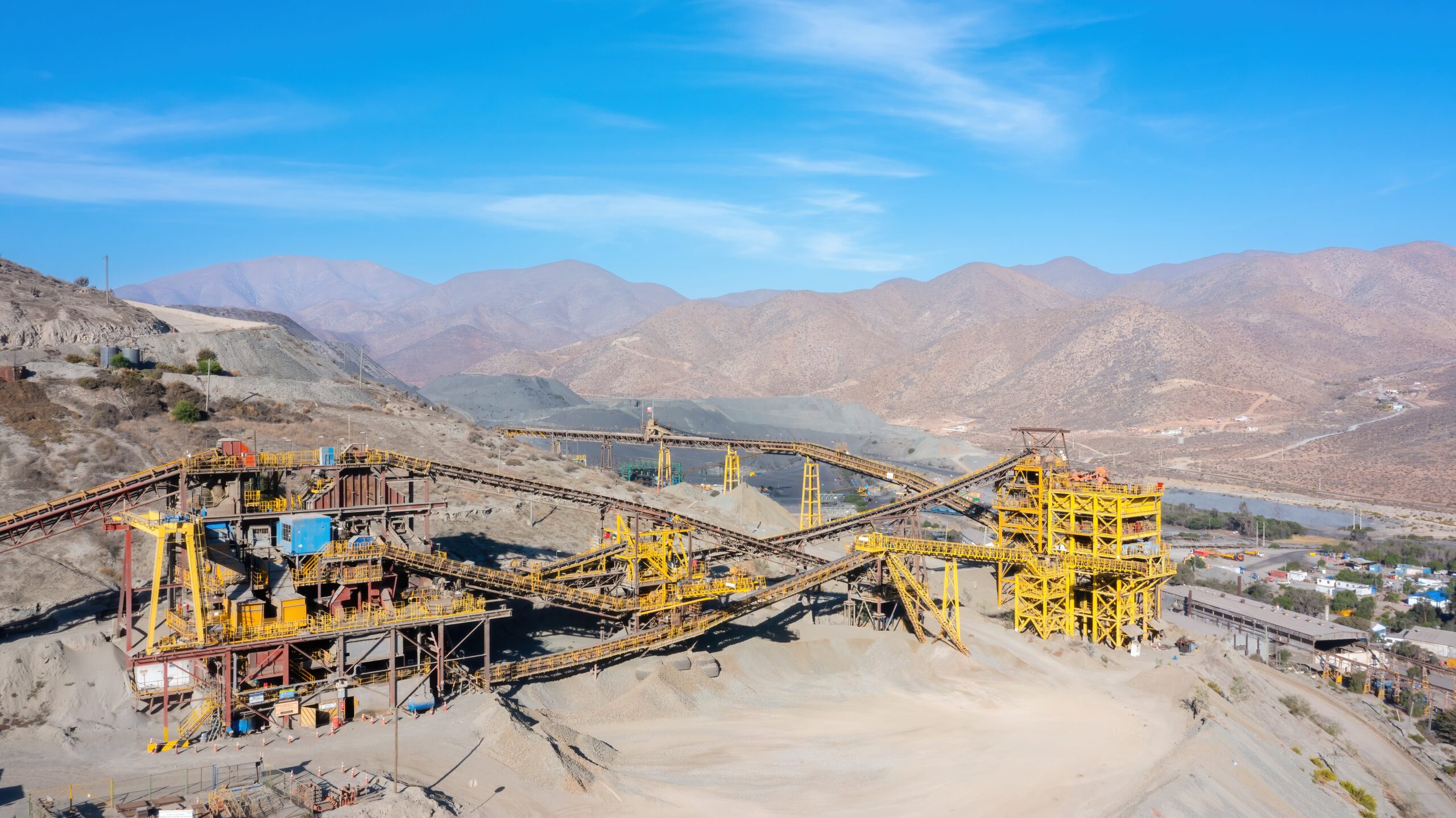
BENEFICIATION PLANT
The beneficiation plant is composed of three units: Crushing Plant, Concentrator Plant and Grinding and Concentration Plant. The ore from the mine is sent to the Crushing Plant, where it is reduced in size to 100% below 38mm and then stored in an intermediate stockpile. The crushing plant consists of three stages: primary crushing, secondary crushing and tertiary crushing. The material from the intermediate stock feeds the Concentrator Plant, where mining, sifting, dry magnetic concentration and wet magnetic concentration operations are used, obtaining Dross, fines and preconcentrates as products. Meanwhile, the pre-concentrates require further processing in the Milling and Concentration Plant to obtain Pellet Feed and magnetic fines.
 Copiapó Valley
Copiapó Valley  Cerro Negro Norte Mine
Cerro Negro Norte Mine  Magnetite Plant
Magnetite Plant  Puerto Punta Totoralillo
Puerto Punta Totoralillo  Huasco Valley
Huasco Valley  Los Colorados Mine
Los Colorados Mine  Pellets Plant
Pellets Plant  Puerto Guacolda II
Puerto Guacolda II  Elqui Valley
Elqui Valley  El Romeral Mines
El Romeral Mines  Pleito Mine
Pleito Mine 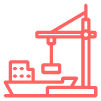 Puerto Guayacán
Puerto Guayacán 